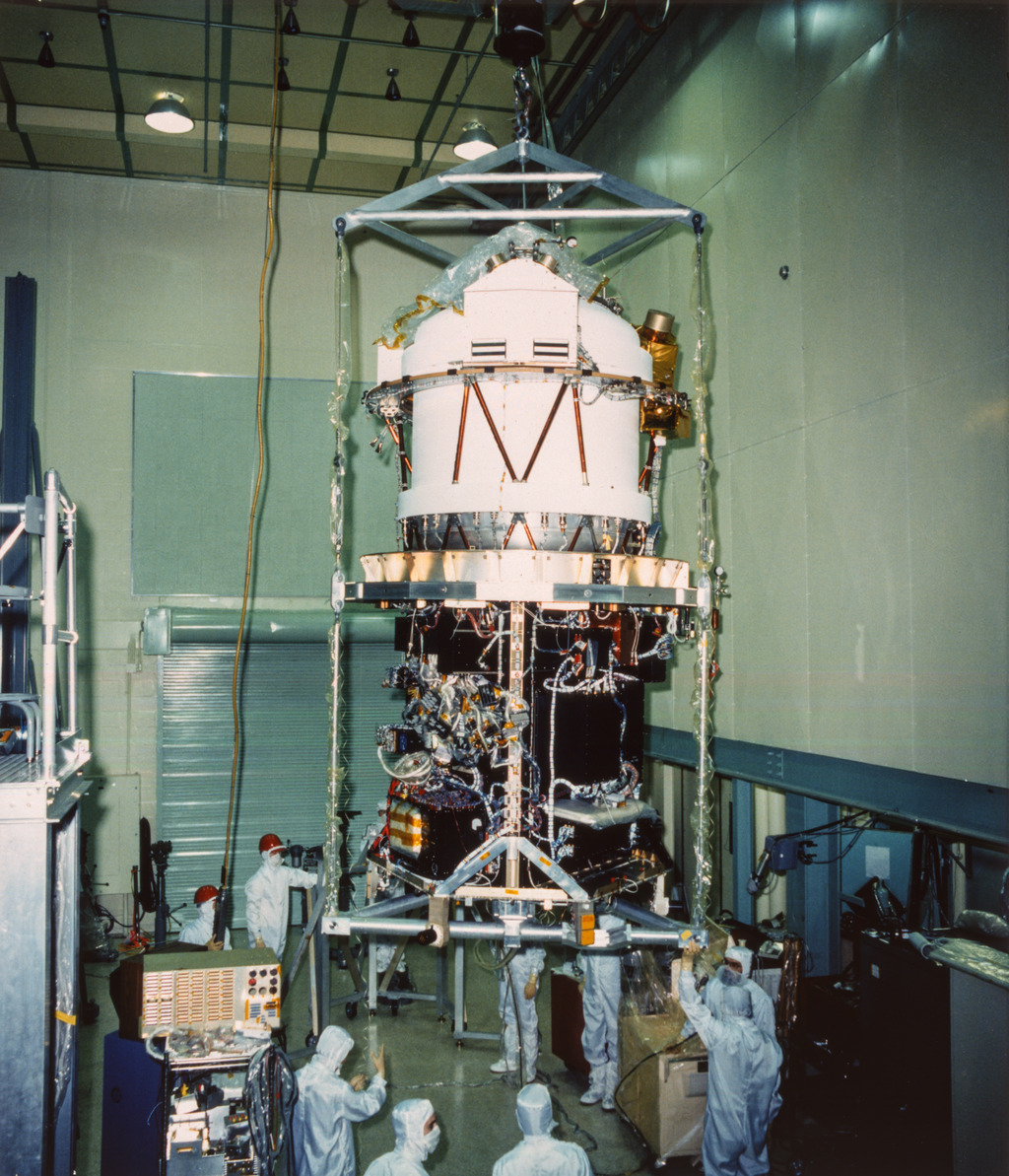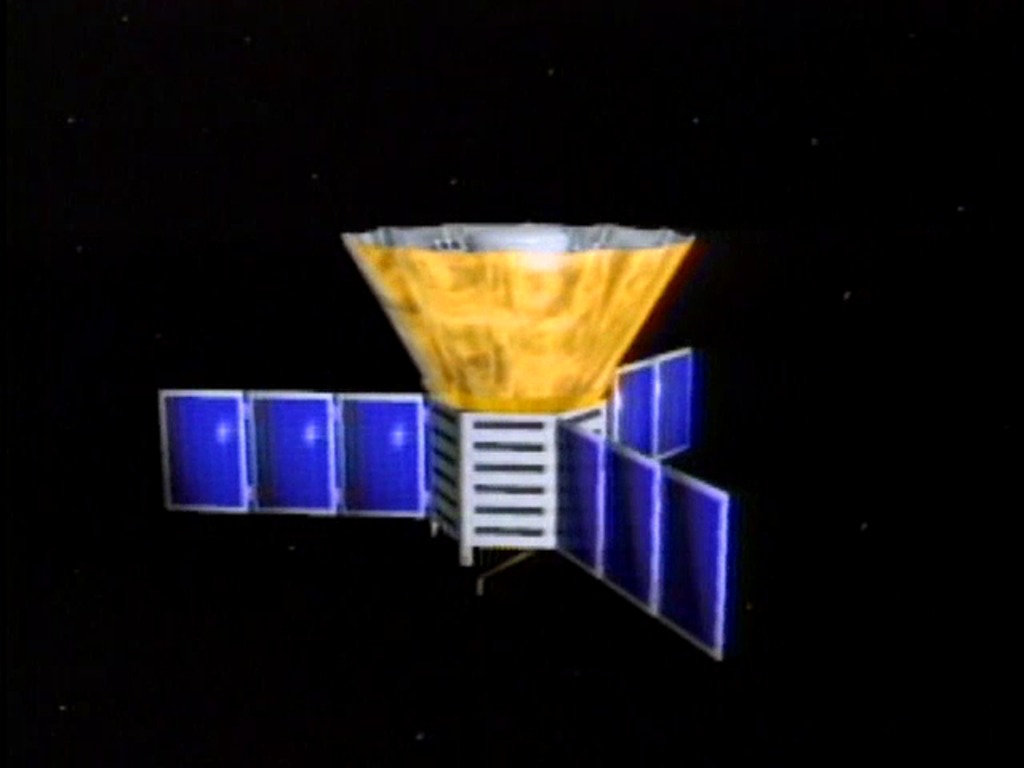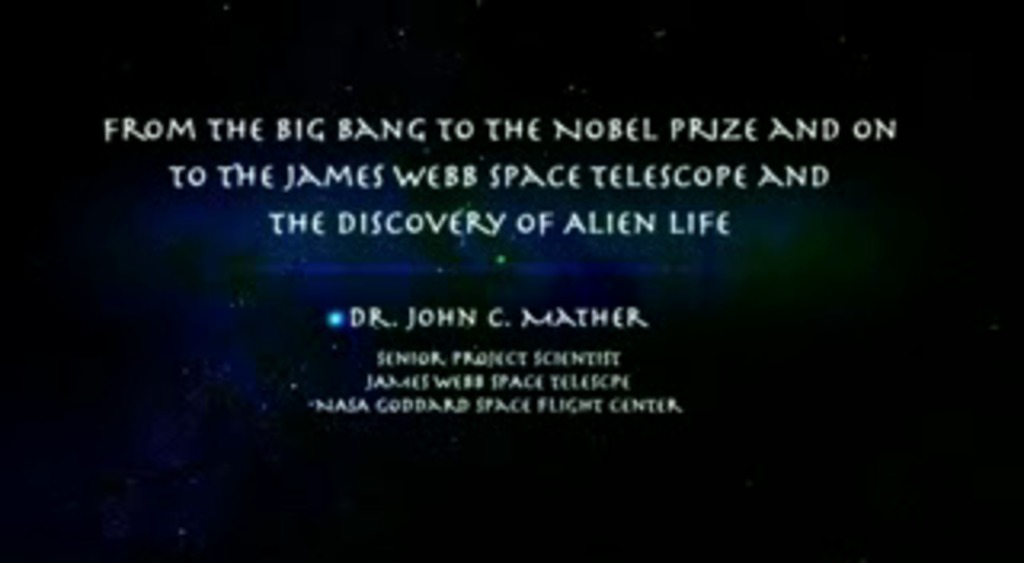COBE All-Sky Map 360 Video With Narration
View the entire sky with the microwave eyes of NASA’s COBE (Cosmic Background Explorer) satellite in this immersive video. COBE took the first baby picture of the universe, revealing slight temperature variations when the cosmos was just 380,000 years old. This image shows the entire sky using four years of observations by COBE’s Differential Microwave Radiometer. The central plane of our galaxy runs across the middle, and its center is marked by a white X. Red indicates hotter regions, blue colder. The fluctuations are extremely faint, varying by only 1 part in 100,000 from the average temperature. They represent density variations in the early universe thought to have given rise to the structures we see today. After stripping away foreground emission arising from dust, hot gas, and charged particles interacting with magnetic fields in our galaxy, COBE data revealed tiny variations in the temperature of the cosmic microwave background — the oldest light in the universe — for the first time.
(This video is formatted for 360-degree use.)
Credit: NASA's Goddard Space Flight Center
Music: “Meetings in Underwater Ruins,” Philippe Andre Vandenhende [SACEM], Olivier Louis Perrot [SACEM] and Idriss-El-Mehdi Bennani [SACEM], Universal Production Music
Watch this video on the NASA Goddard YouTube channel.
Complete transcript available.

This image shows the entire sky as viewed by four years of data from the Differential Microwave Radiometer instrument on NASA’s COBE mission. After stripping away foreground emission arising from dust, hot gas, and charged particles interacting with magnetic fields in our galaxy, COBE data revealed tiny variations in the temperature of the cosmic microwave background the oldest light in the universe for the first time. The central plane of our galaxy runs across the middle, with the galactic center at image center. Red indicates hotter regions, blue colder. The fluctuations are extremely faint, varying by only 1 part in 100,000 from the average temperature. They represent density variations in the early universe thought to have given rise to the structures we see today.
Credit: NASA/COBE Science Team
Credits
Please give credit for this item to:
NASA's Goddard Space Flight Center. However, individual items should be credited as indicated above.
-
Producer
- Scott Wiessinger (eMITS)
-
Science writer
- Francis Reddy (University of Maryland College Park)
-
Scientist
- David Leisawitz (NASA/GSFC)
Release date
This page was originally published on Friday, November 22, 2024.
This page was last updated on Thursday, November 21, 2024 at 8:30 AM EST.


